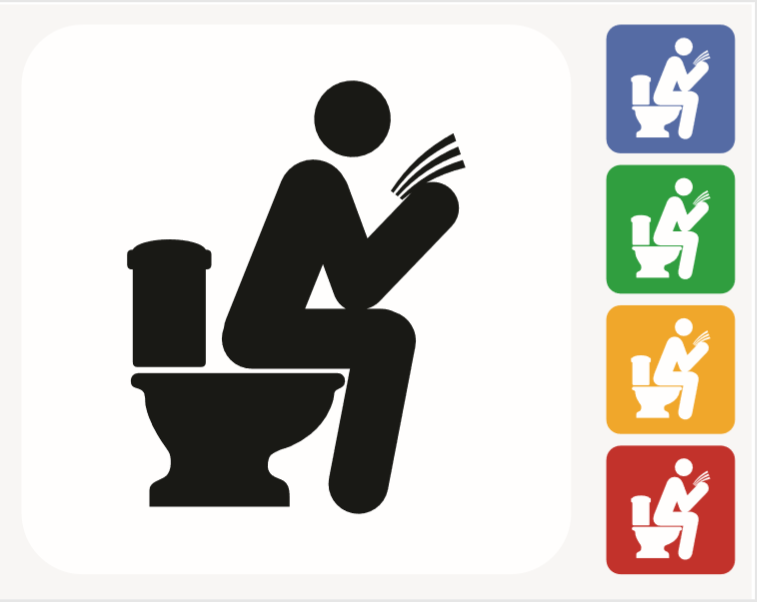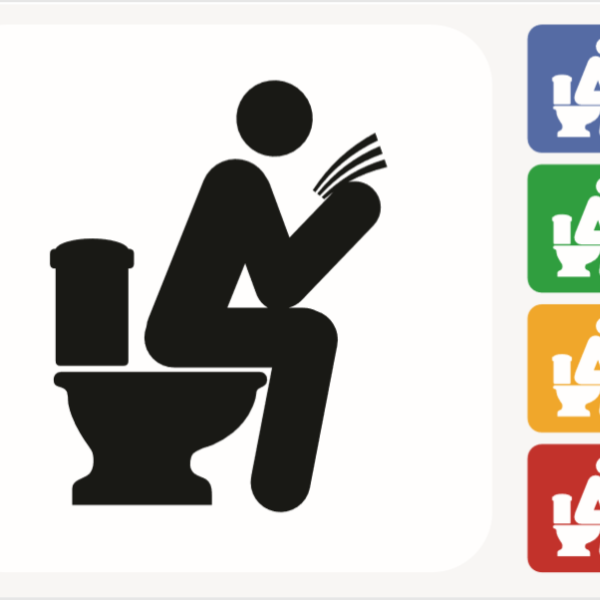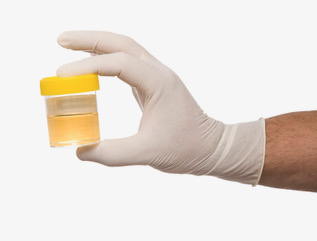GI Map measures a substantial list of opportunistic pathogens that may be causing chronic gastrointestinal symptoms, intestinal permeability issues, hormonal imbalances, and food sensitivities. Research has shown that many of these health challenges can be traced to imbalances with gut microbes as a main cause. For instance, the GI Map can be instrumental in helping to identify gastrointestinal pathogens that cause infectious colitis or gastroenteritis. This technology has been used to identify and control pathogen outbreaks because of its rapid turn-around time.
GI Map Video Explanation: Click Here
Arthritis and gut health. Did you know they are connected? Research is showing a strong correlation between arthritis and the microbial content of the gut in those that suffer from this debilitating disease process.
Depression and gut health. Did you know these two systems are connected? There is a strong correlation between depression and the gut microbiome. Simply put, the more we look, the more we reaffirm the fact that gut microbiota is essential to human health and wellbeing. The brain talks to the gut and the gut talks to the brain. It is no longer a news flash that the microbiota in the gut participates in the bidirectional communication between the gut and the brain.
Our immune system, the intestinal barrier, and microbial diversity are intimately interwoven, and a thorough understanding of our gut microbiome holds promise for new approaches to treat and prevent disease.
What Makes The GI-MAP Different?
Automated, multiplex DNA (PCR) analysis method, allowing for the simultaneous measurement of multiple bacteria, fungi, parasites, and viruses (more info below)
Single stool sample
Using DNA sequencing allows for superior sensitivity and specificity in the detection of 15 of the most common causes of gastroenteritis, as well as other chronic diseases
Intestinal health markers allow for a comprehensive analysis of your gut microbiome, together with markers of inflammation, mucosal immune system, and digestion
Evidence-based and transparent: all data available in the fully-referenced 26-page White Paper.
Complete List of Target Analytes Measured on the GI-MAP
Bacterial Pathogens
Campylobacter
C. diff Toxin A & B**
E. coli o157**
Enterotoxigenic E. coli LT & ST (ETEC)**
Shiga-like Toxin producing E. coli stx1 & stx2 (STEC)**
Salmonella
Shigella
Vibrio cholera
Yersinia enterocolitica
Viral Pathogens
Adenovirus 40 & 41**
Norovirus GI & GII**
Rotavirus A**
Parasitic pathogens
Cryptosporidium**
Entamoeba histolytica**
Giardia
Additional targets
Bacteria
Helicobacter pylori and virulence factors, cagA and vacA**
Enterococcus
Lactobacillus**
Bifidobacter**
Bacteroides spp.
Bacteroides fragilis grp
E. coli (total)
The GI-MAP measures opportunistic organisms, normal flora, fungi, parasites and antibiotic resistance genes as well as immunologic markers for gut health and function including SIgA, Elastase, Calprotectin, Anti-gliadin and zonulin testing.
Difference between Multiplex Polymerase Chain Reaction (PCR) and Culture Techniques
Multiplex PCR makes it possible to simultaneously detect many different organisms in one sample. The automated nature of this method minimizes the chance for human error; indeed, this is the only FDA-cleared DNA test for gastrointestinal microbes and pathogens available.
Multiplex polymerase chain reaction (PCR) means that many genes are amplified at the same time, as though many separate PCR reactions were happening at once. This technique makes it possible to simultaneously detect many different organisms in one sample. Multiple primers and probes for each organism allow for enhanced sensitivity and specificity. The method measures the 16S or 23S ribosomal RNA (rRNA) regions, virulence factors, and viral targets for microbial detection.
Other stool tests on the market primarily rely on the bacterial culture of the stool specimen. A limitation of this method is that only the organisms that grow can be identified, meaning anaerobic organisms and parasites that do not grow under routine culture conditions cannot be identified. This is particularly prevalent with anaerobes like Lactobacillus. Often results of ‘NG’ or ‘0+’ are reported, but it obviously does not mean it is not present, just simply that it would not grow in the lab, which is also seen with many yeasts and fungi.
Special Instructions:
Order your test kit today!
Ship to lab Monday-Friday only.
Specimen MUST be received by the lab within 6 days of collection.
If you cannot ship the specimen on the day of collection, please refrigerate the sample.
Unless under a physician’s order, avoid taking aspirin for 2 days prior to collection.
DO NOT discontinue any medications unless directed by your physician.
If you are ordering lab kits for multiple people, you must place a separate order for each person.
After a test kit has been ordered, it is your responsibility to complete the testing process.
It is also your responsibility to have the test interpreted by a qualified professional
Turn Around Time: 12 – 14 days


